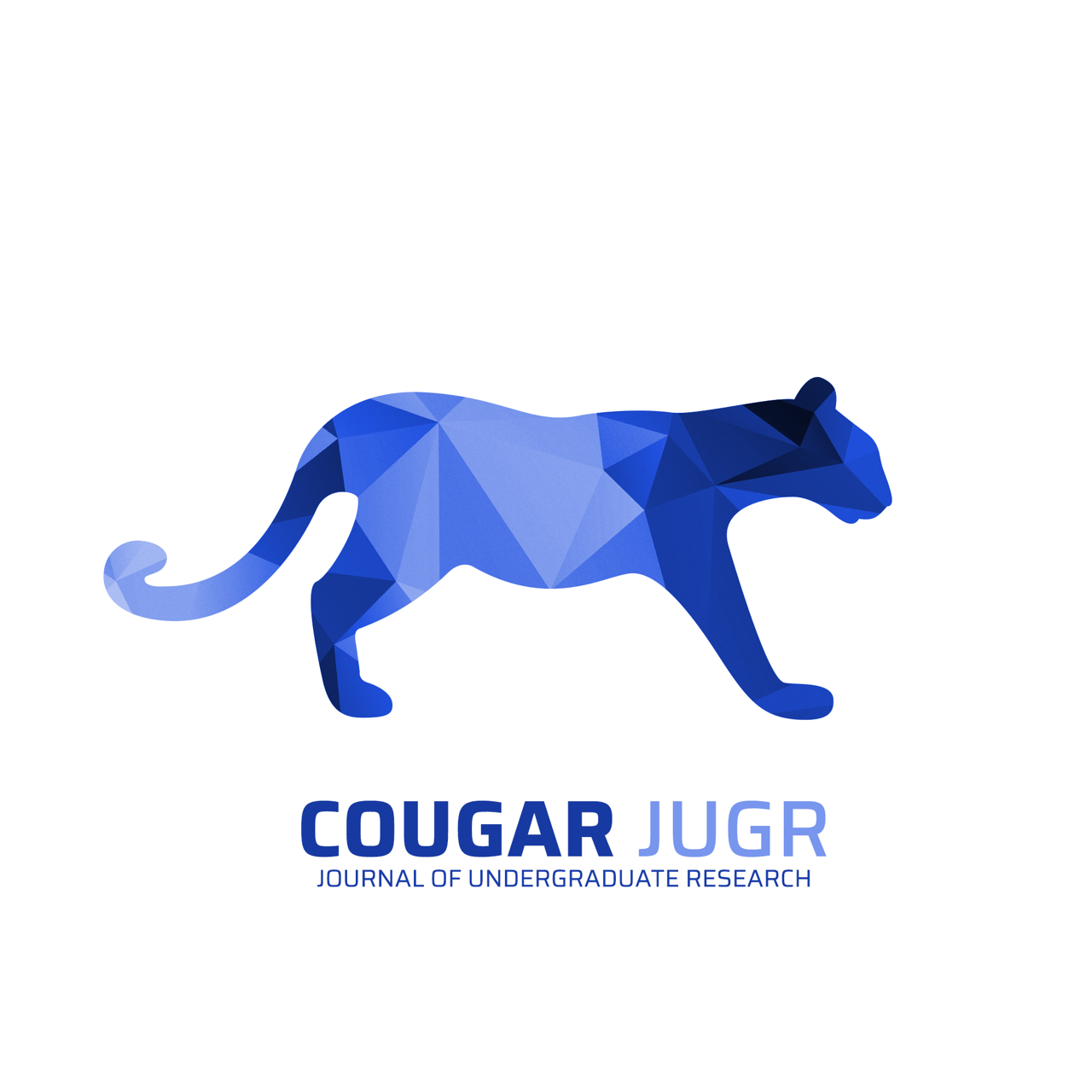Impacts of Fire and Post-Fire management on Nitrification and enzymatic activity of Beta-glucosidase and Peroxidase in Chaparral soils
Abstract
Fire is a natural disturbance that shapes Southern California chaparral ecosystem. Climate change has increased fire intensity and frequency. This research fills potential gaps in understanding the effects of hydroseeded and naturally recovering soils after fire disturbance on microbial activity and abundance. Nitrification is known to increase in burned soils but effects on enzymatic activity is poorly known. β-glucosidase catalyzes the break down of cellulose into glucose. Peroxidase catalyzes the break down of lignin. Nitrification is the conversion of NH4+ into NO3- by nitrifying bacteria. Research sites consisted of unburned (U) and burned, naturally regenerating (N) and hydroseeded (H), sites at CSUSM. Topsoil (0-10 cm) was collected in February 2019 from 24 randomly located plots (n = 8 plots/site). Soil was analyzed for nitrification and β-glucosidase and peroxidase activity. Genomic DNA was extracted using ZymoBIOMICSTM DNA Microprep Kit. 16s rRNA V3-V4 regions were targeted and analyzed using 16S Library Preparation Workflow. Genomic data was analyzed through Galaxy pipeline. The unburned site had significantly higher nitrification than the natural and hydroseeded sites. There was little difference in b-glucosidase activity between the burned and hydroseeded sites. The unburned site had a significantly higher peroxidase activity than the hydroseeded site. The unburned site had a significantl higher nitrifier abundance than the natural and hydroseeded site. Nitrification, β-glucosidase, and peroxidase activity were positively correlated with DNA abundance. Peroxidase activity was negatively correlated with soil pH. Nitrification rates positively correlated with soil moisture. The burned-naturally regenerating and unburned sites contained the same percentage of nitrifying bacteria. The burned-naturally regenerating site contained a narrow low-range of nitrification. The burned-hydroseeded sites contained a wide medium-range of nitrification. The unburned site contained the widest highest- range of nitrification.
Additional Files
Published
Issue
Section
License
Authors retain copyright of their work. All submissions will be Open Access and distributed under the terms of the Creative Commons Attribution (CC BY) 4.0 license, which permits unrestricted production, distribution, and adaptation, provided that citation of the original work is included.

.jpg)
